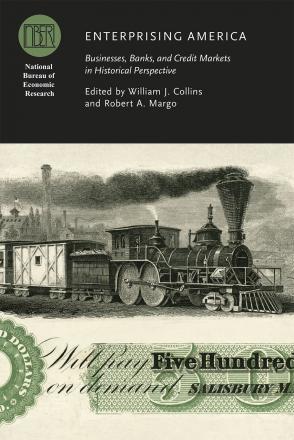Sources of Credit and the Extent of the Credit Market: A View from Bankruptcy Records in Mississippi, 1929–1936

This paper exploits newly-collected, highly-detailed data on sources of credit drawn from documents filed by a sample of petitioners for bankruptcy in Mississippi in the 1930s.The bankruptcy documents reveal that long-distance credit networks were extensive during this period despite the disruption of the Great Depression. Credit networks were dominated by trade credit, particularly book credit that was extended from business to business. At this time, the bank-to-business lending channels that are common today were only beginning to develop.Manufacturers had both fewer long-distance creditors and fewer financial intermediaries as creditors than either merchants or farmers. However, when a bank did lend to a business, the bank's share of total debt was large, foreshadowing more modern patterns. New sources of consumer credit issued by traditional financial institutions and new small-loan lenders, surprisingly, were available even in the relatively under-developed Deep South.
-
-
Copy CitationMary Eschelbach Hansen, Enterprising America: Businesses, Banks, and Credit Markets in Historical Perspective (University of Chicago Press, 2014), chap. 5, https://www.nber.org/books-and-chapters/enterprising-america-businesses-banks-and-credit-markets-historical-perspective/sources-credit-and-extent-credit-market-view-bankruptcy-records-mississippi-1929-1936.Download Citation


